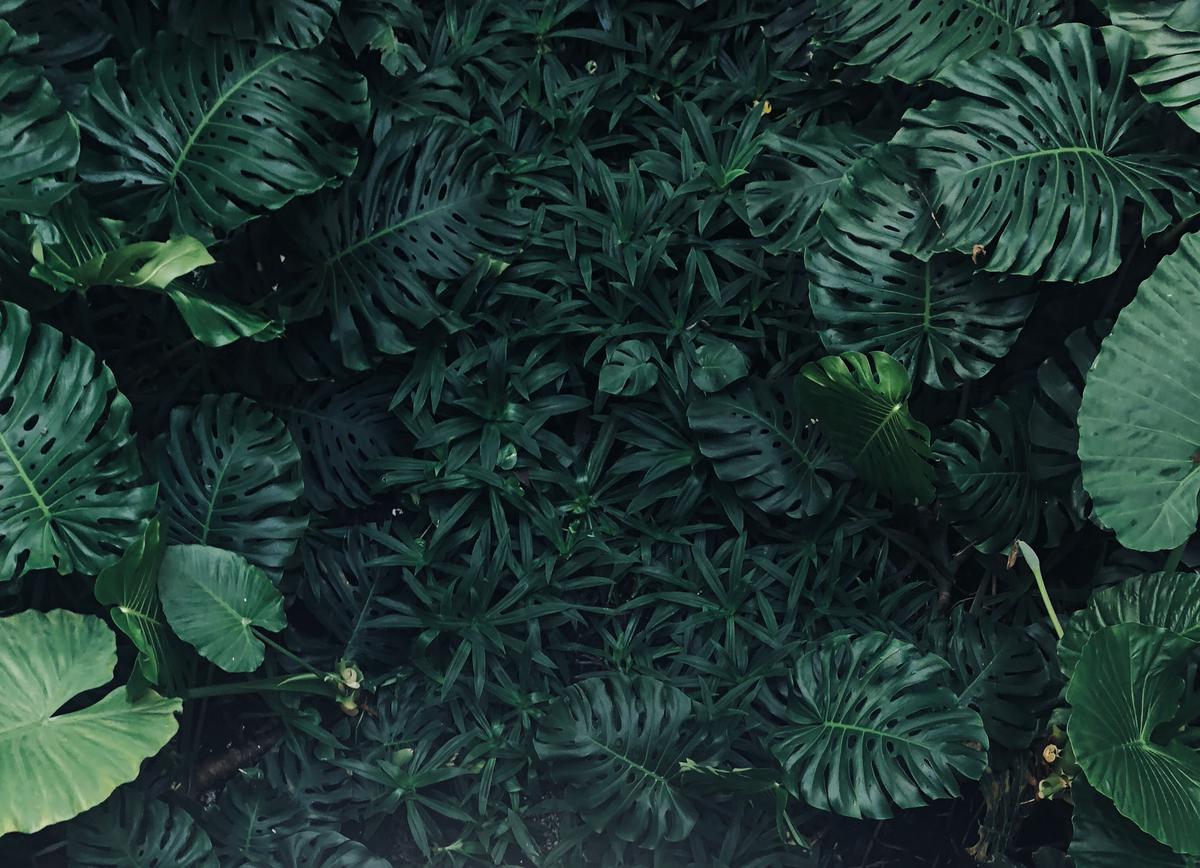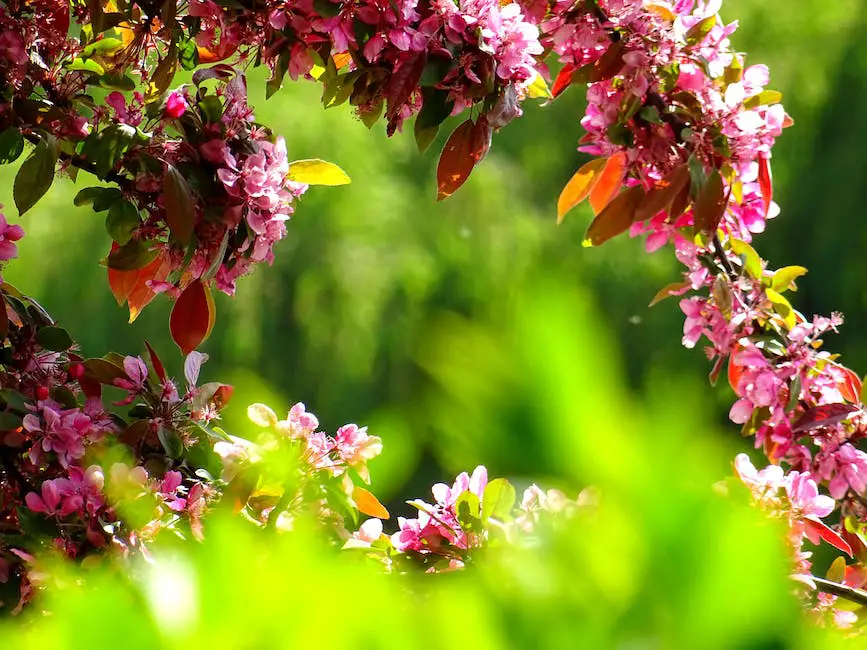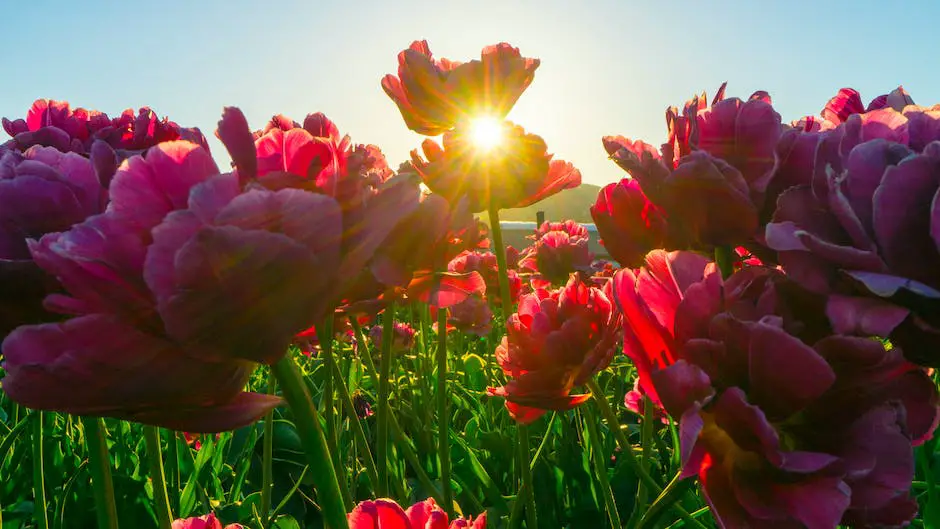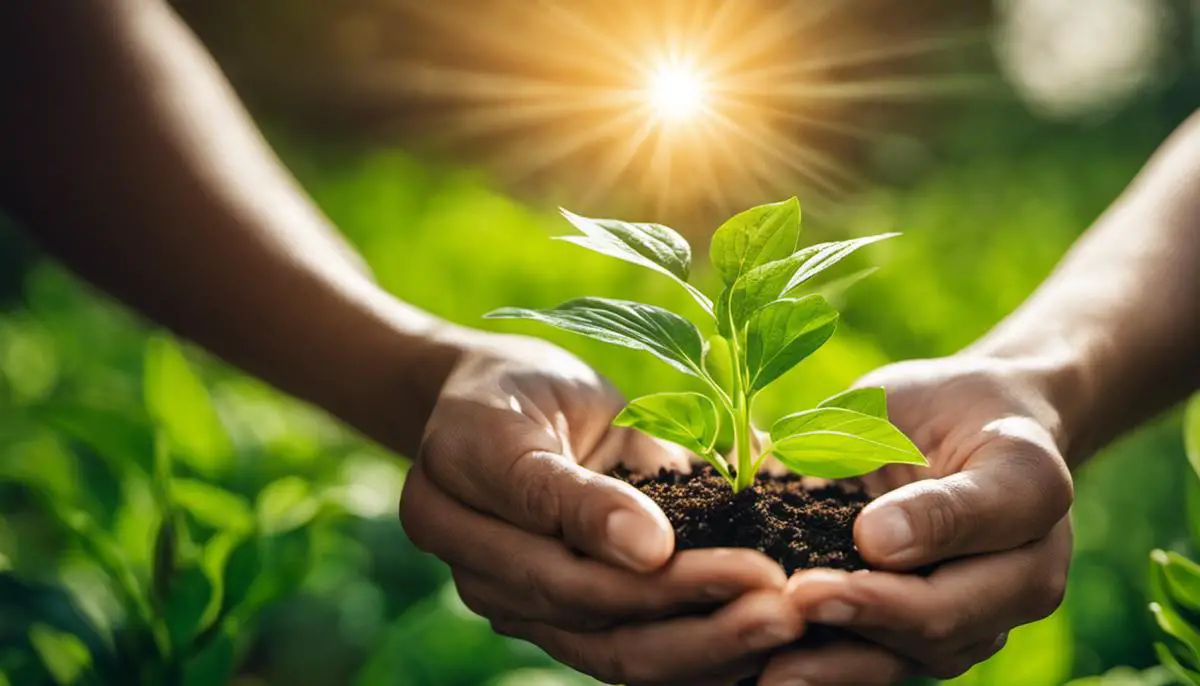Plants, our charming green companions, grace us with their presence, infusing life and beauty into our surroundings. However, providing them with an environment in which they can truly thrive is often a challenging task for the uninitiated. This encompasses a deep comprehension of plant care basics – understanding the optimum sunlight, soil type, water, and temperature measurements for your chosen foliage. Once armed with this basic knowledge, one proceeds to correctly identifying the distinct species within your garden or potted collection. A plant’s individual requirements regarding sunlight exposure, water necessities, and temperature needs are crucial for effective care. Coupling this insight with knowledge of common plant care errors paves the way to a vibrant, robust, and thriving garden.
Understanding Plant Care Basics
Thriving Green Foliage: A Nature Lover’s Guide to Keeping Plants in Top Form
In the magnificent world of gardening, attaining that vibrant, lush green foliage is nothing short of an art form. The path towards a thriving green plant life isn’t an elusive secret anymore. There’s beauty in simplicity and satisfaction in knowing you’ve dipped your green thumbs into the soil and nurtured life. So, whether you’re an instantaneous plant parent or a perennial botanical aficionado, these essential requirements are indisputable for keeping your green plants in the picture of health.
Watering Wisely:
The key to healthy plants is not about deluging them at every opportunity, but about watering appropriately. The frequency of water required is largely dependent on the type, size and maturity of the plant, as well as its environmental conditions. For most green plant varieties, the soil should dry out slightly between watering. A good rule of thumb is to stick a finger into the soil. If the first inch feels dry, it might be time to gently serve up some H2O.
Breathing Life with Light:
Sunlight is to plants what air is to us – entirely vital. However, not all green plants require the same amount of light. While some varieties perform best under the soft glow of indirect light, many others thrive in high-light conditions. Ideally, place your plants where they can get a decent amount of natural light, but avoid hot, direct sunlight, which can scorch leaves and dehydrate the plant unnecessarily.
Nutrient Needs:
Think of nutrients as the hearty snacks that give plants the strength to grow. Routine fertiliser application supplies all of these in a ready-to-absorb form for the plant. Most green plants require a balanced fertiliser, containing a mix of nitrogen, phosphorus and potassium. However, be mindful not to over-fertilise as it can lead to discolouration and potentially even ‘burn’ the plant.
A Space to Grow:
Potting is more than just a creative epilogue – it’s about providing space for roots to breathe and expand. When choosing a pot, consider the size of the roots and how quickly the plant grows. Make sure the pot has proper drainage to prevent water immersion and root rot. It’s also important to pick a potting mix that provides the necessary nutrients and retains enough moisture without becoming waterlogged.
Temperature and Humidity:
Green plants enjoy a stable climate. Temperatures between 15 – 24°C are typically ideal. Extreme spikes and drops cause stress and can lead to leaf drop. Equally, most green plants relish humidity, recreating their natural, tropical environment. Placing a tray of water nearby or misting the leaves can help increase humidity levels for these plants.
While it may seem intricate at first, this is nature’s dance, and over time, noticing the subtleties of each plant’s needs becomes second nature. With these essentials into practice, a green oasis awaits you. Introduce your senses to the symphony of rustling leaves, the richness of verdant hues, and the quiet satisfaction of watching a plant you’ve nurtured flourish to its fullest glory.

Identifying Plant Species and Their Specific Needs
Exploring Terrestrial Ecospheres: Decoding the Language of Plants
Advocates of the gardening utopia already know that cultivation is over and beyond watering and light requirements. Aiming to capture your target plant species’ essence, we must unravel the deeper language that these verdant beings use to communicate. This intriguing lingua franca revolves around soil pH, dormant periods, pruning protocols, and resistance to pests and diseases.
Scaling the Soils of pH Preferences
Begin with acknowledging that your plants are as choosy as wine connoisseurs when it comes to soil pH preferences. Some plant species relish the alkaline soils, mirrored by the lilacs and clematis, while rododendrons and camellias cherish their position at the acidic end of the pH spectrum. Even neutral souls like the resilient marigolds exist, thriving in a pH-neutral environment. Attune your ears to this pH hum and concoct a soil base that plays the perfect host to your plant’s feet, meandering roots.
Dormancy isn’t Dull: Embrace Plant Sleep
Certain plant species have encoded dormant periods within their genetic reservoir. These are akin to their years-long siestas, and they certainly don’t appreciate being poked and prodded with water showers during this period. For instance, succulents such as the kalanchoe and aloes hibernate in summer, dismissing any excess water as rude awakening calls.
Pruning: The Art of Cut and Thrive
Pruning is an art, a craft that whispers stories of new growth and flourishing beauty. It’s essential to realise that different plant species respond diversely to the clippings. While roses might love a good winter trim, the hydrangeas prefer to keep their old wood intact until late spring. Pruning without understanding your plant’s preference could result in a skipped bloom season, and no one wants that desolation.
Pest and Disease Resistance: Strength of Species
Finally, diving into the realm of resistance, it’s vital to note how different species display varying degrees of resilience against pests and diseases. While basil plants wage a winning battle against aphids, tomatoes often fall prey. Similarly, marigolds repel numerous noxious insects, providing a protective mantle to your garden family.
In conclusion, just like caring for a new pet or mastering a complicated recipe, understanding your plant species is a thrilling journey of exploration and learning. As you attune your senses and actions to their unique needs, embracing their quirks and idiosyncrasies, you pave the way for a verdant, thriving garden. In this dance of nature, every leaf, every bloom is a step towards creating the palette of your personalised plant paradise.

Reviewing Common Plant Care Mistakes and How to Avoid them
Let’s dive right in with some more invaluable plant care advice.
Soil pH prefers a certain balance and the vitality of a plant heavily relies on this “soil harmony”. The pH, referring to the level of acidity or alkalinity, is crucial for nutrient absorption. Add too much lime and the soil becomes too alkaline, affecting the plant’s capacity to absorb iron. Conversely, too much sulphur increases acidity, affecting calcium intake. An approximate pH range of 6.0-7.0 suits most plants, but always check the specific needs of your green friends.
Winter is coming… Do you know what that means? Garden plants entering dormancy, a proper beauty sleep phase of sorts. This is the time they conserve energy, halt growth and generally prepare themselves for the harsher winter conditions. They might drop leaves, look a little less lively but don’t you fret over it. This is also a signal for you – watering is to be reduced, feeding stopped – just help them rest well. Treat this as an off-season in a sport.
Pruning, much like a regular trim at the barbershop, is quite beneficial for several plant species. This encourages new growth, lets light and air infiltrate to the plant’s core, and even deters pests and diseases. But, like a good haircut, it needs the right technique – always prune above a leaf node, that’s where new branches sprout from. Also, keep an eye out for dead and diseased branches – they gotta go first! Does every plant love a snip? No, so do understand the unique pruning requirements of the plant species in your garden.
Revelling as plants do in their love affair with nature, they’re sometimes harassed by unwanted pests, diseases, and fungi. However, nature also empowers plants with inherent resistance mechanisms to tackle this adversity. Infusing your garden space with disease-resistant species, like Snapdragon for fungi, or Marigold as a nematode control, bolsters the overall health of your flora domain.
Finally, no plant should ever be a square peg in a round hole. Every plant species calls for unique care, needs, and sustainable environments. Matching the plant species to suitable soils, light intensity, and temperature conditions makes for perfect plant-parenting! Diversity is fascinating and, in a garden, it ensures a lasting, thriving ecosystem.
That sums up our green junction, folks! So, enjoy the pleasure of gardening without falling victim to common plant care errors. Keep your green fingers poised and let your garden flourish in exceptional vitality and beauty. Happy gardening!

Caring for plants is indeed an art infused with science. By truly comprehending plant care basics, understanding your plant’s individual needs and requirements, and arming yourself with knowledge about common plant care mistakes, you’re setting yourself up for success. Overwatering or an insufficient amount of sunlight can lead to plant destruction, instincts that are countered with the right practices. With the right attentiveness, your green friends will not just survive but will thrive. The curtain draws on these discussions, leaving you with the power to mould a robust, vibrant, and thriving green world, a testament to your care and understanding.
